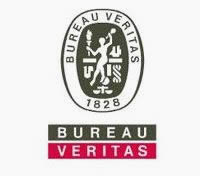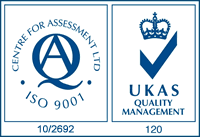BASIC REFRIGERATION PRINCIPLES
31/03/2011
If you were to place a hot drink on a coffee table and leave it for a while, the heat from the hot drink would be transferred to the materials in contact with it such as the cup, the table and the surrounding air. You can of course test this out easily yourself. In time as the heat transfers, As the heat is transferred to the objects around it, the drink in time cools. Using this exact same principle, refrigeration works by taking away heat from a product and transferring it to the outside air.
REFRIGERATION SYSTEM COMPONENTS
The five basic components of a refrigeration system are:
- Evaporator
- Compressor
- Condenser
- Expansion Valve
- Refrigerant; to conduct the heat from the product
So that the refrigeration cycle can work correctly each component must be present within the refrigeration
system.
The Refrigeration Evaporator
Heat from the product is removed from it by the evaporator. The refrigeration evaporator is actually a liquid refrigerant. The liquid refrigerant contained within the evaporator is boiling at a low-pressure. The level of this pressure is determined by two factors:
- The rate at which the heat is absorbed from the product to the liquid refrigerant in the evaporator
- The rate at which the low-pressure vapour is removed from the evaporator by the compressor
The temperature of the liquid refrigerant must be lower than the temperature of the product to enable the transfer of heat, being cooled. Once transferred, the liquid refrigerant is drawn from the evaporator by the compressor via the suction line.
When leaving the evaporator coil the liquid refrigerant is in vapour form.
The Refrigeration Compressor
The suction line draws the low-temperature, low-pressure vapour from the evaporator. That is the sole purpose of the evaporator. Once drawn, the vapour is compressed. When vapour is compressed it rises in temperature. Therefore, the compressor transforms the vapour from a low-temperature vapour to a high-temperature vapour, in turn increasing the pressure. The vapour is then released from the compressor in to the discharge line.

























